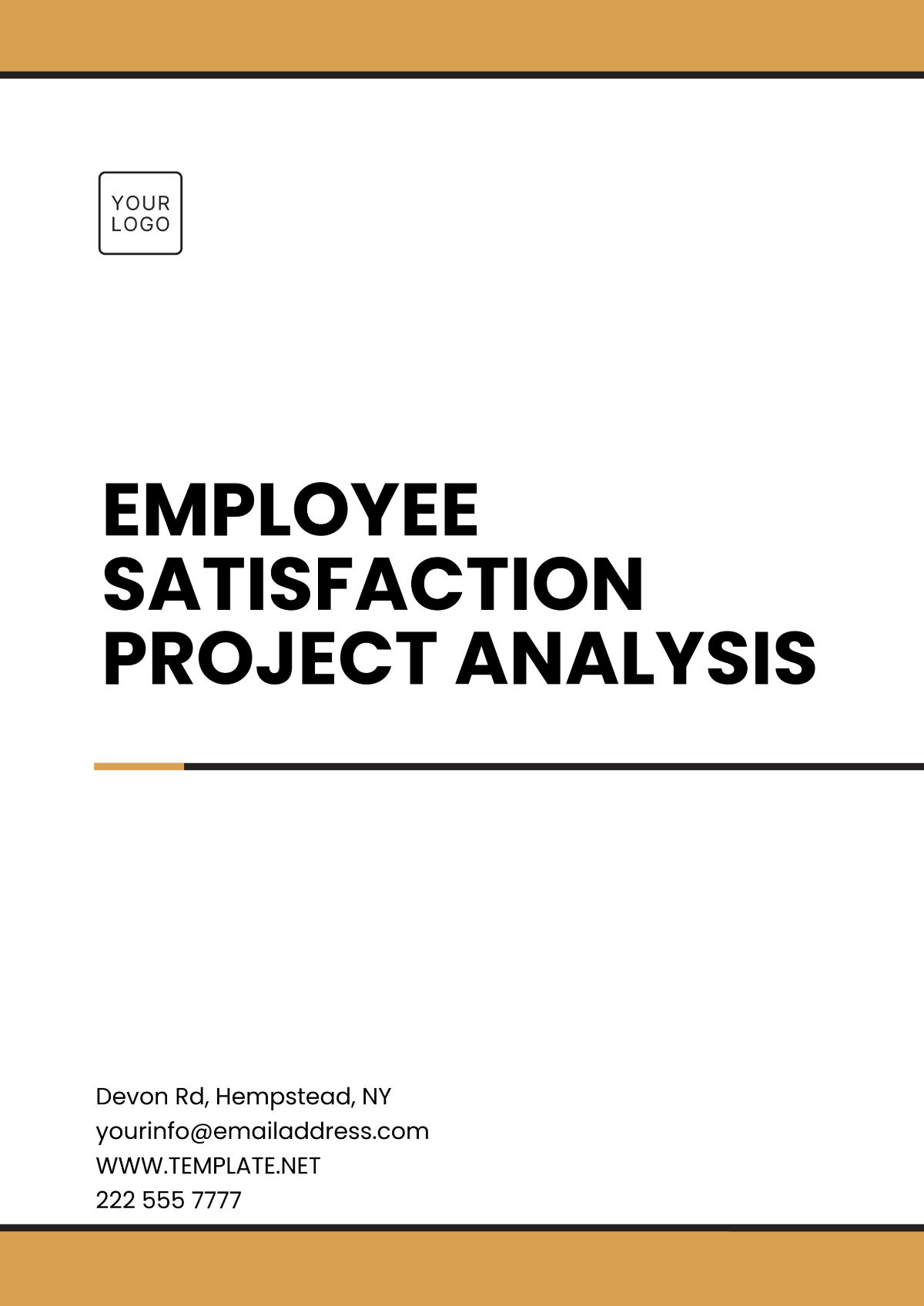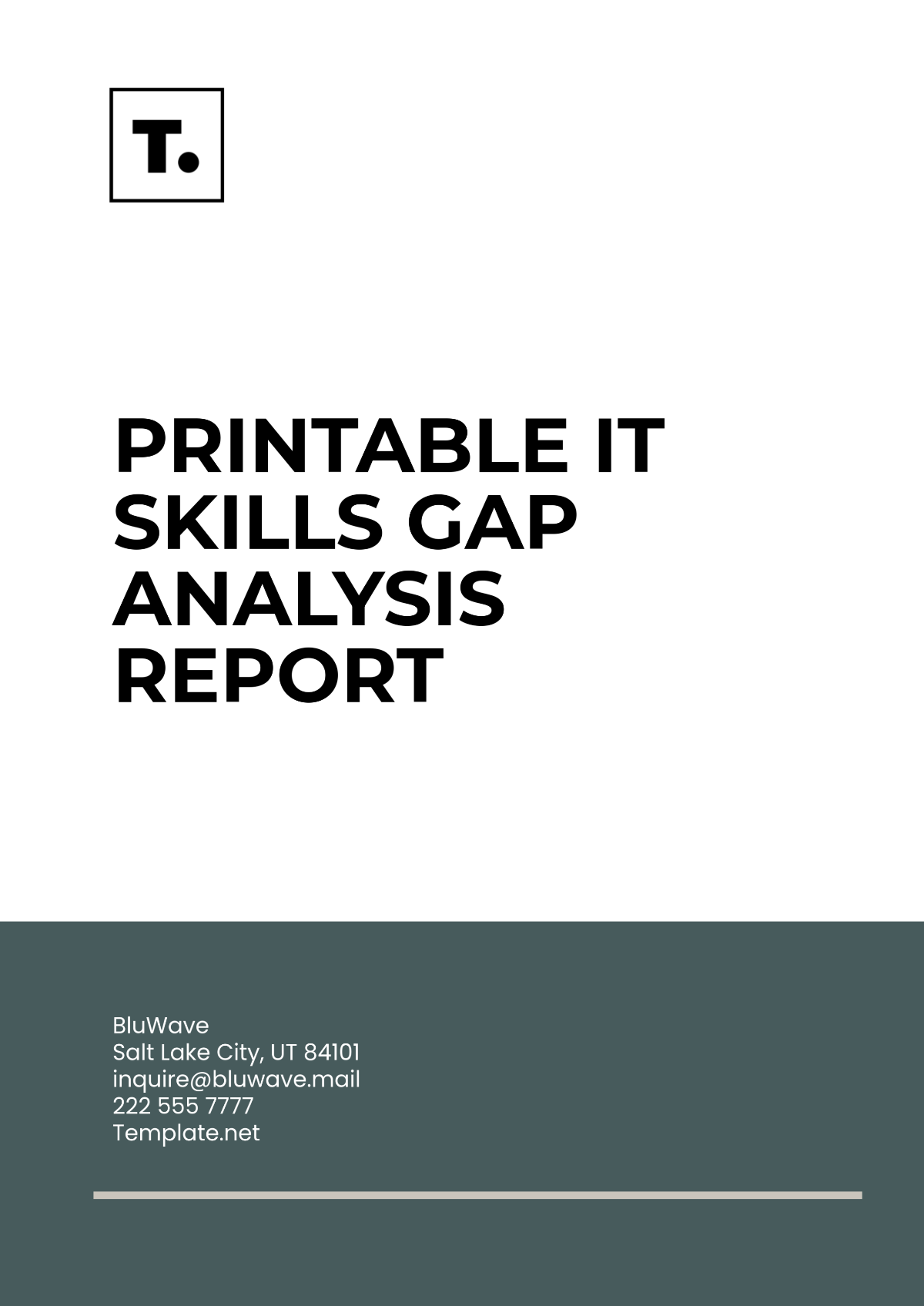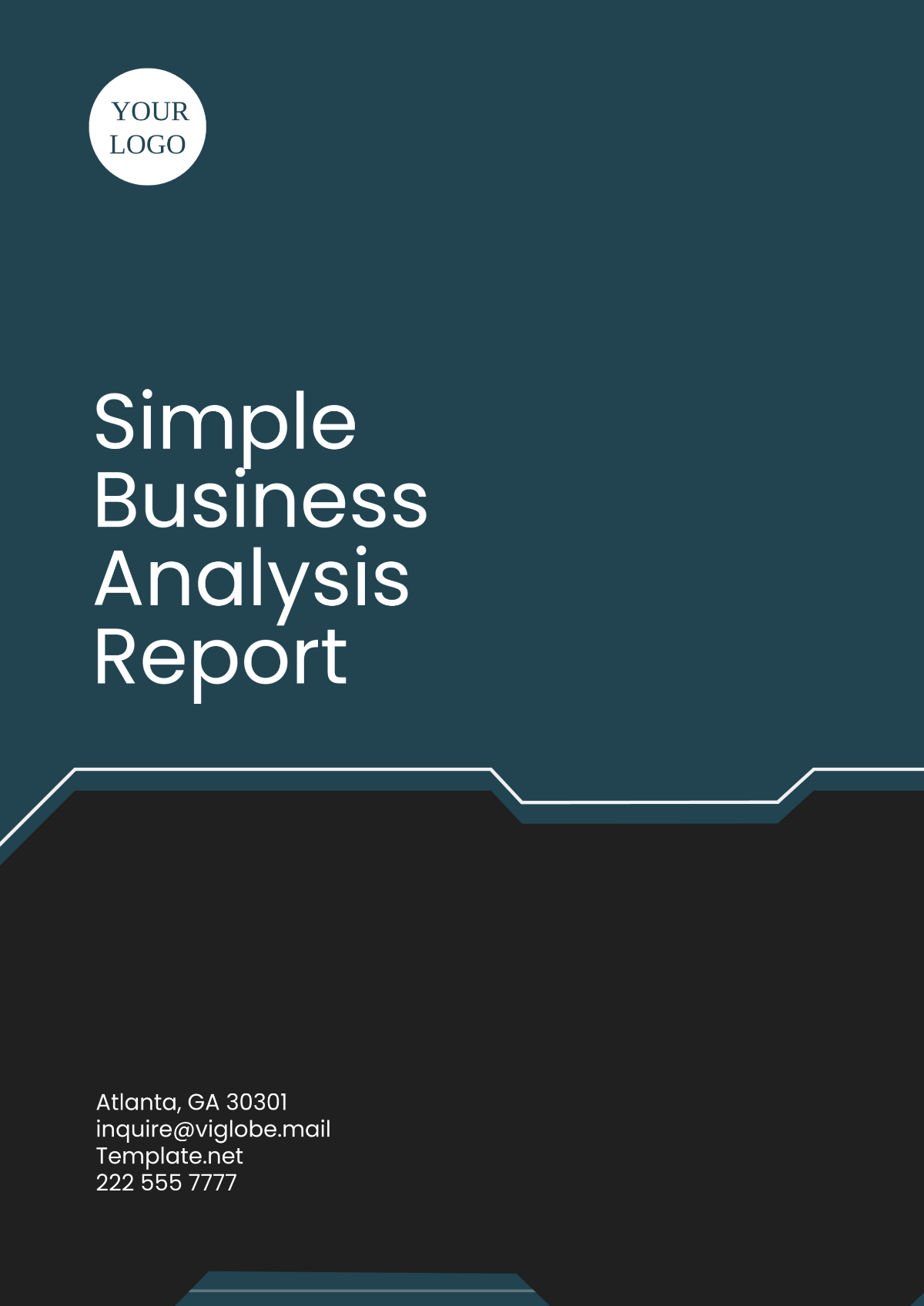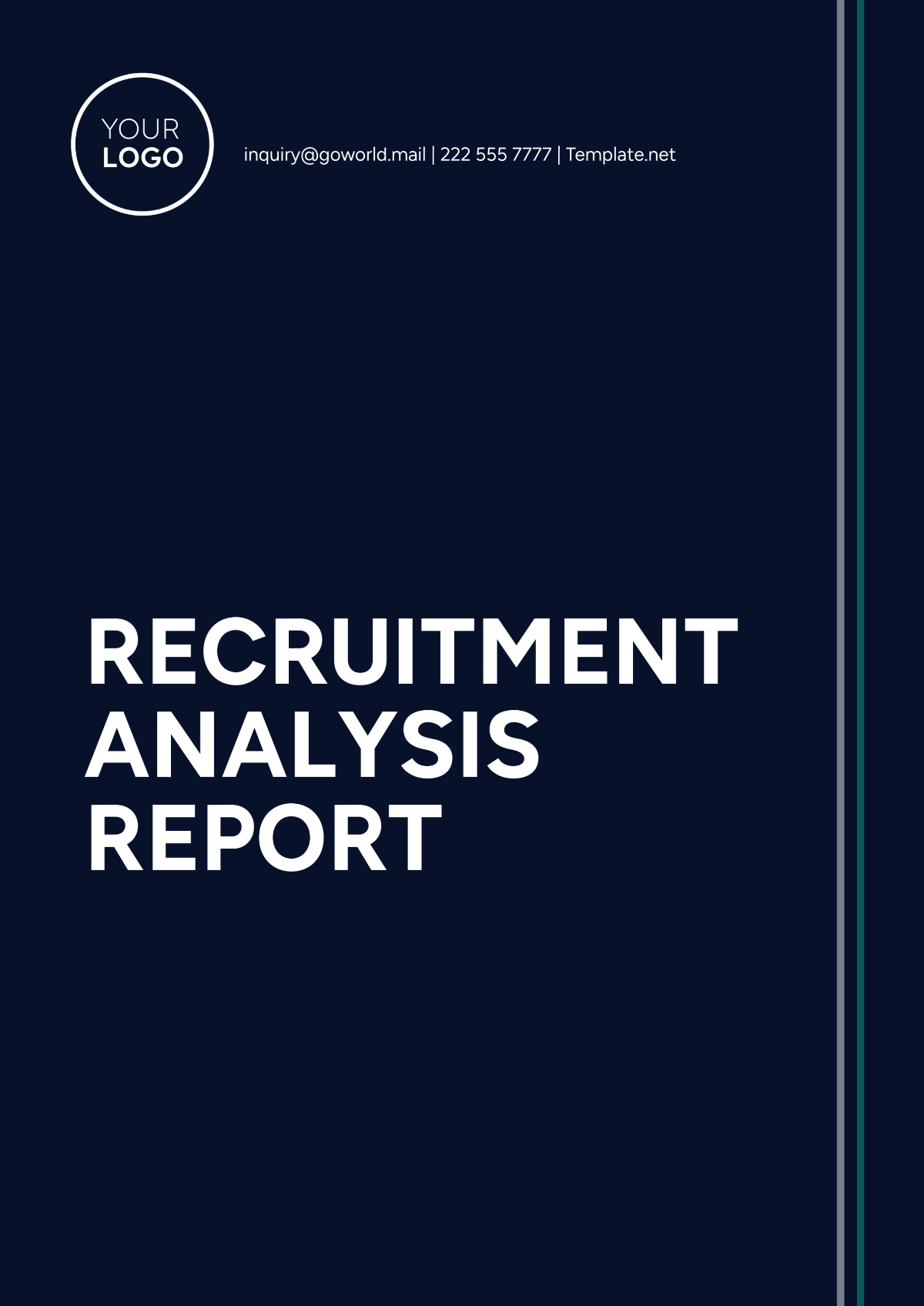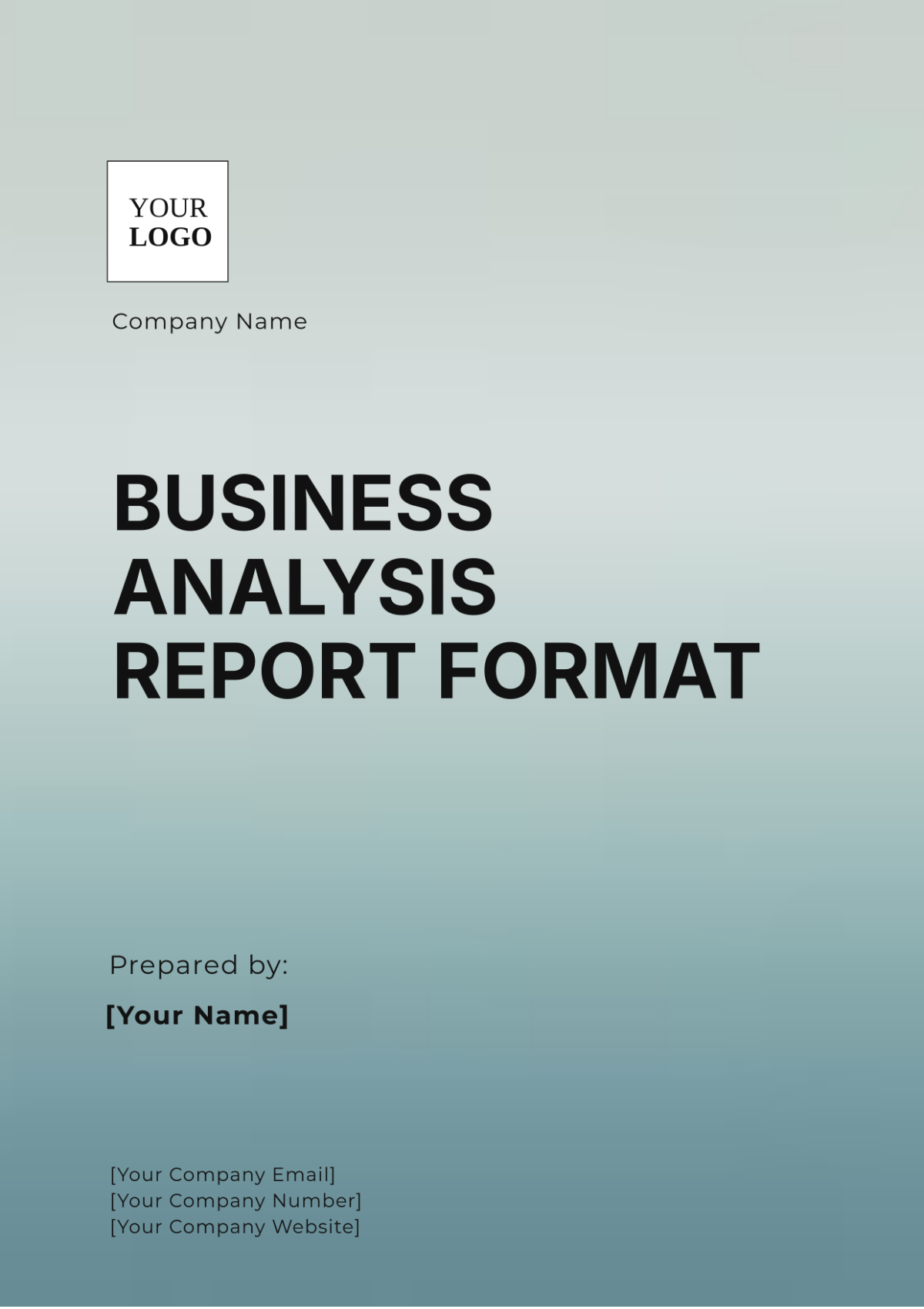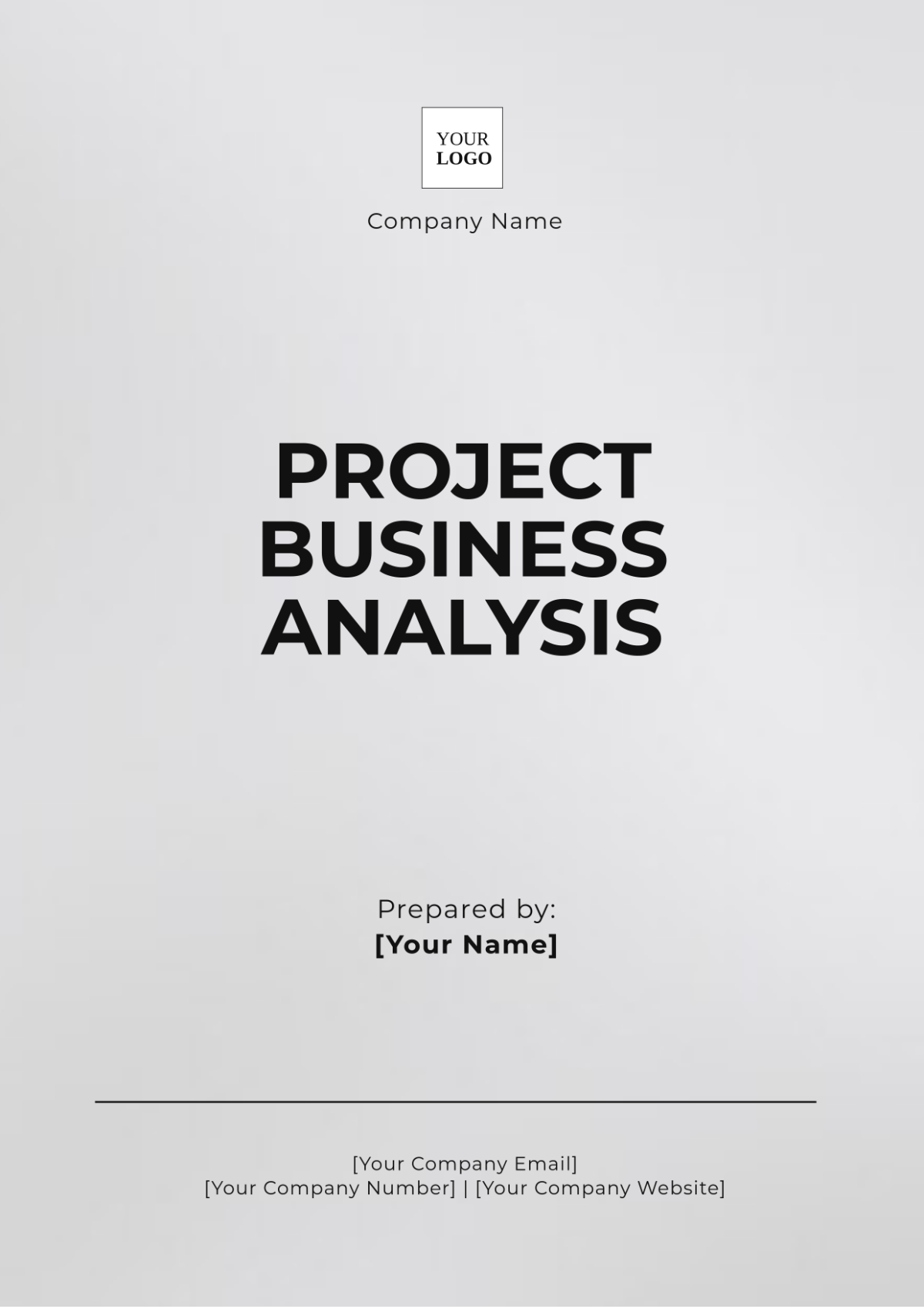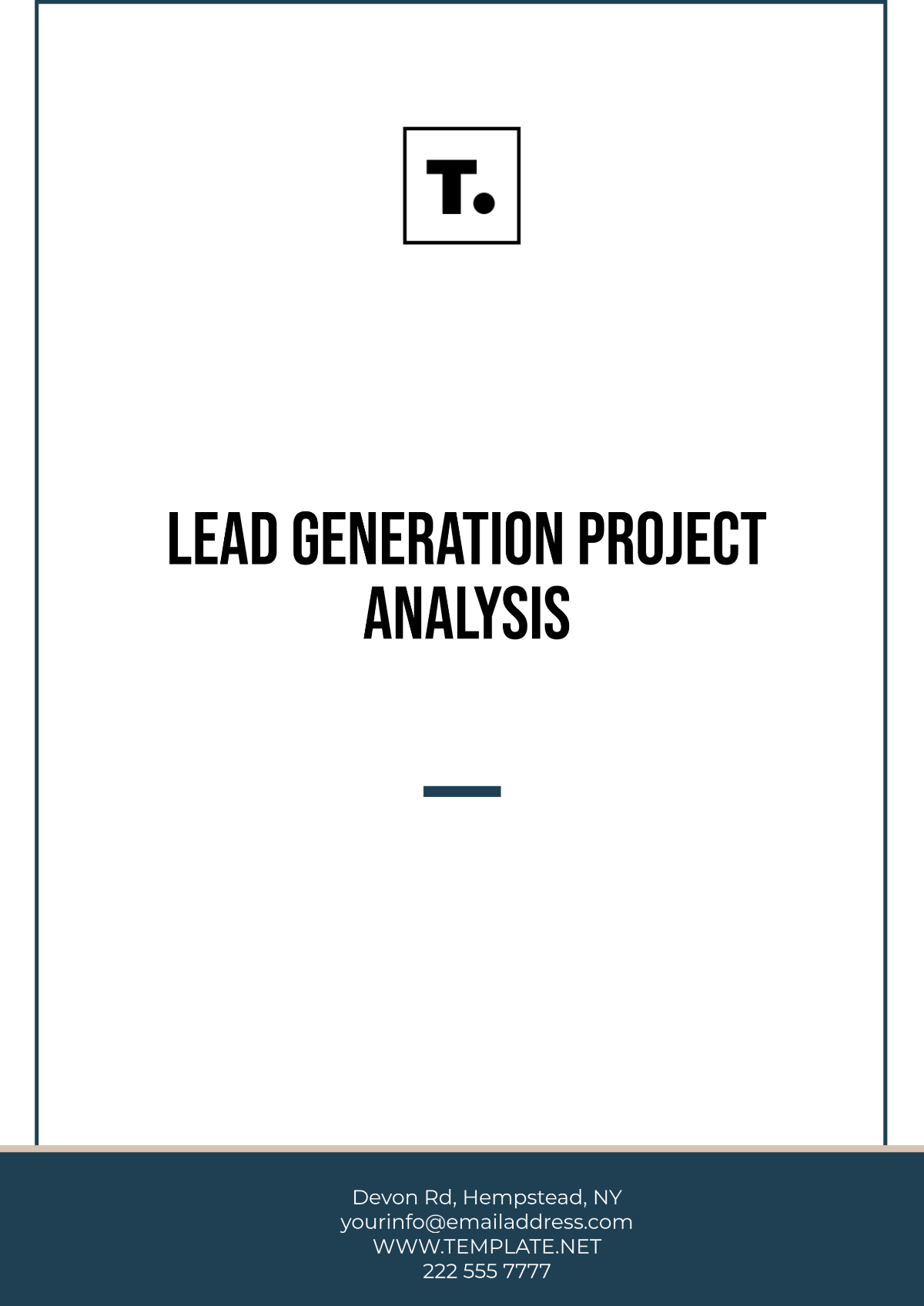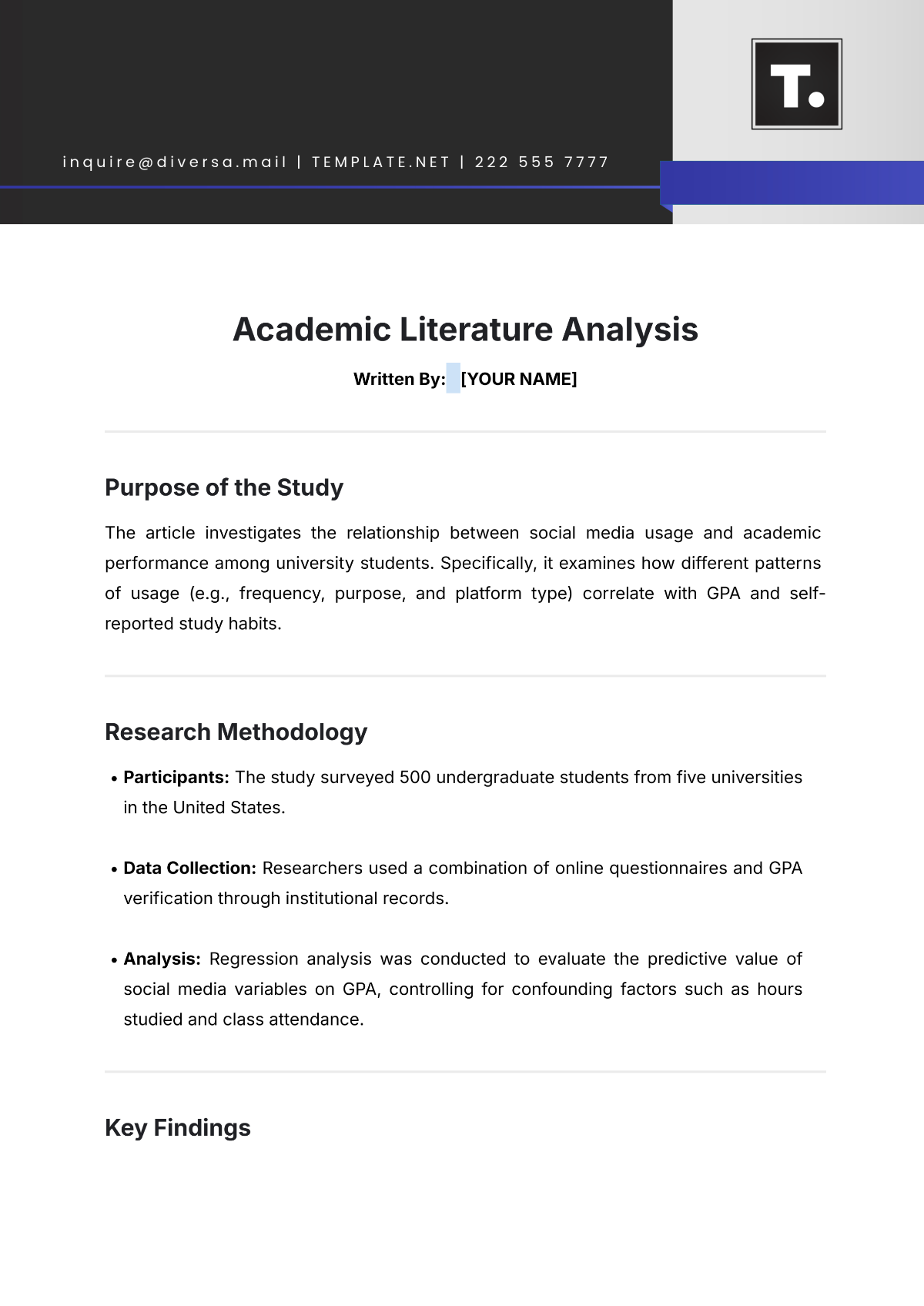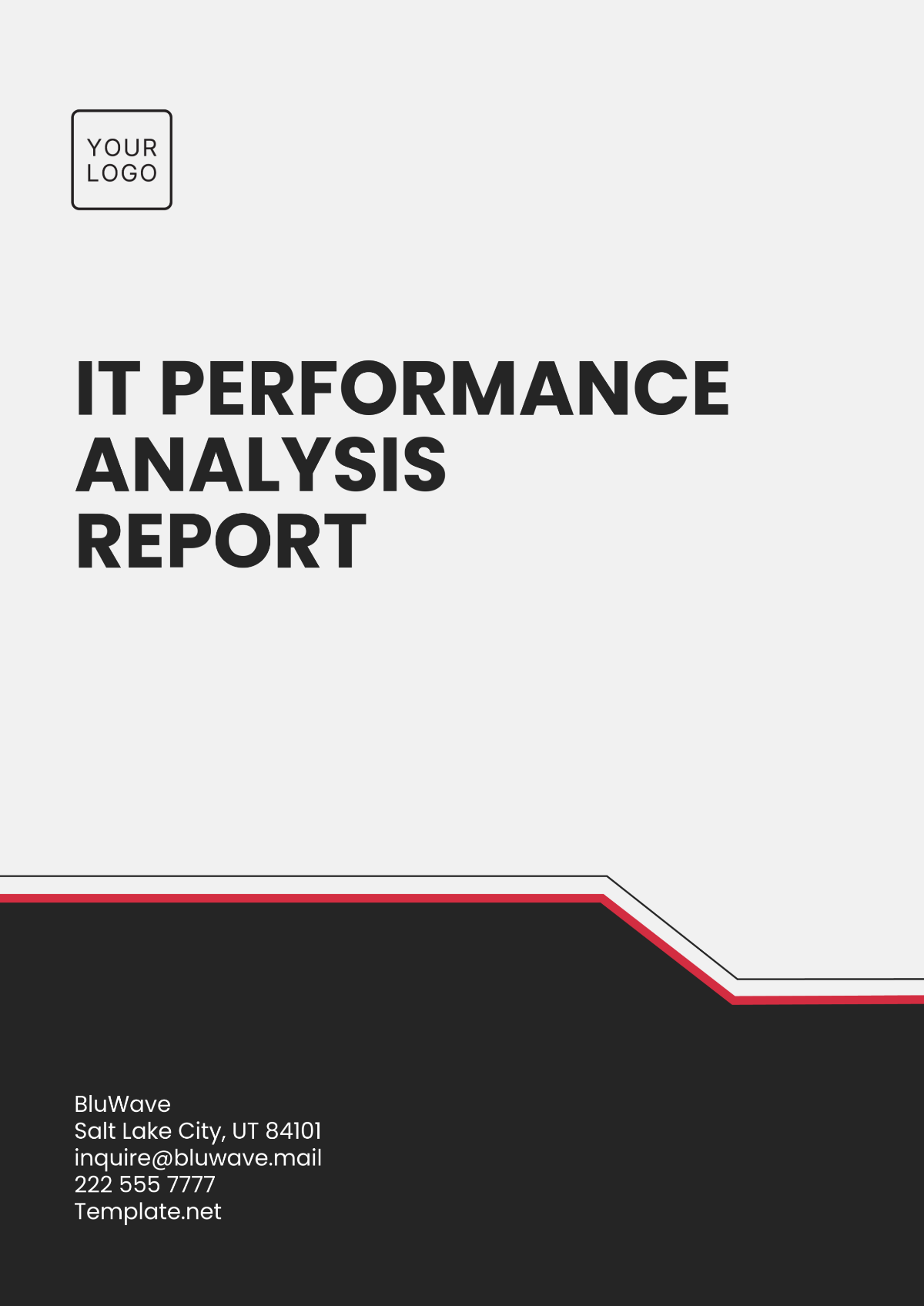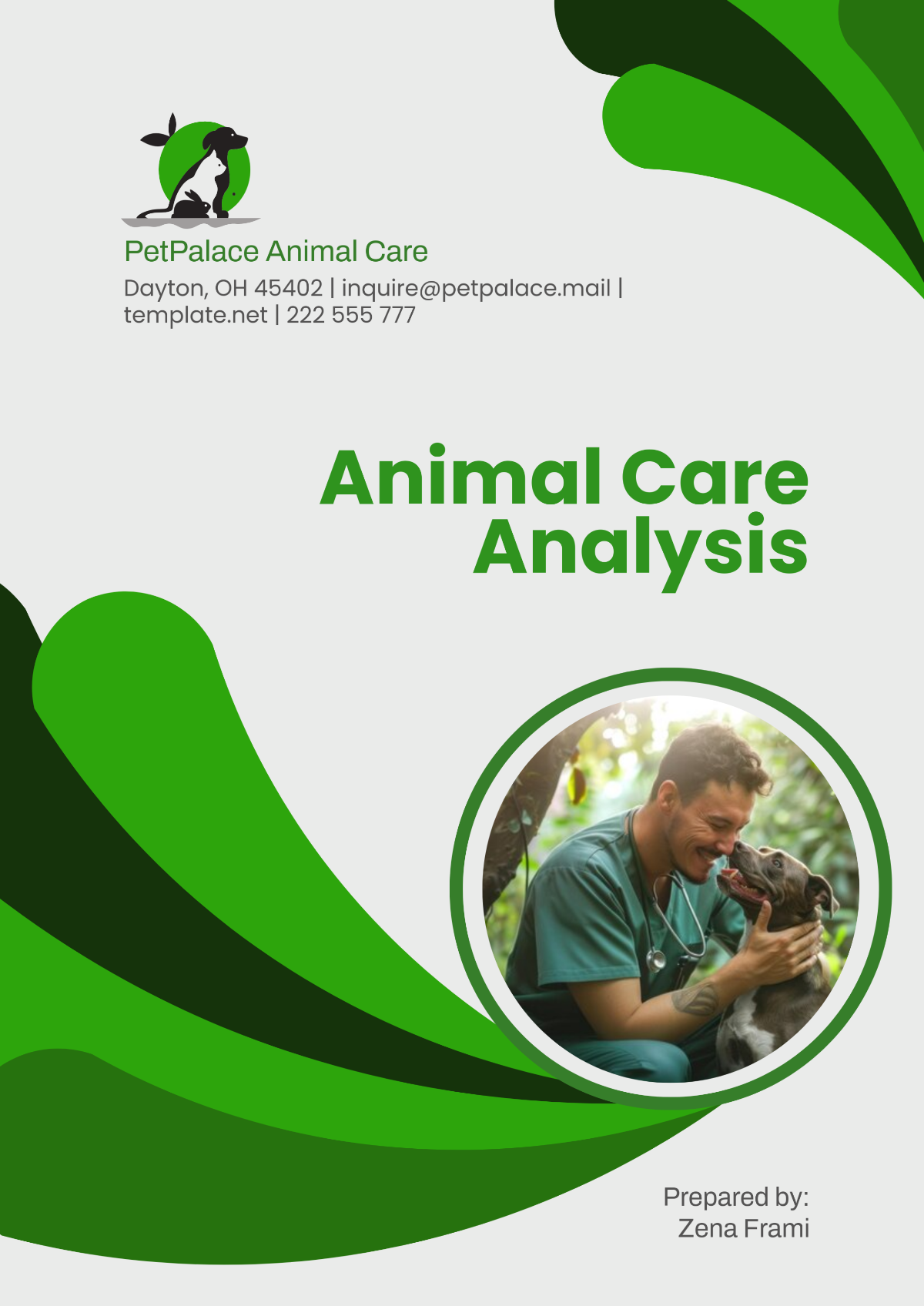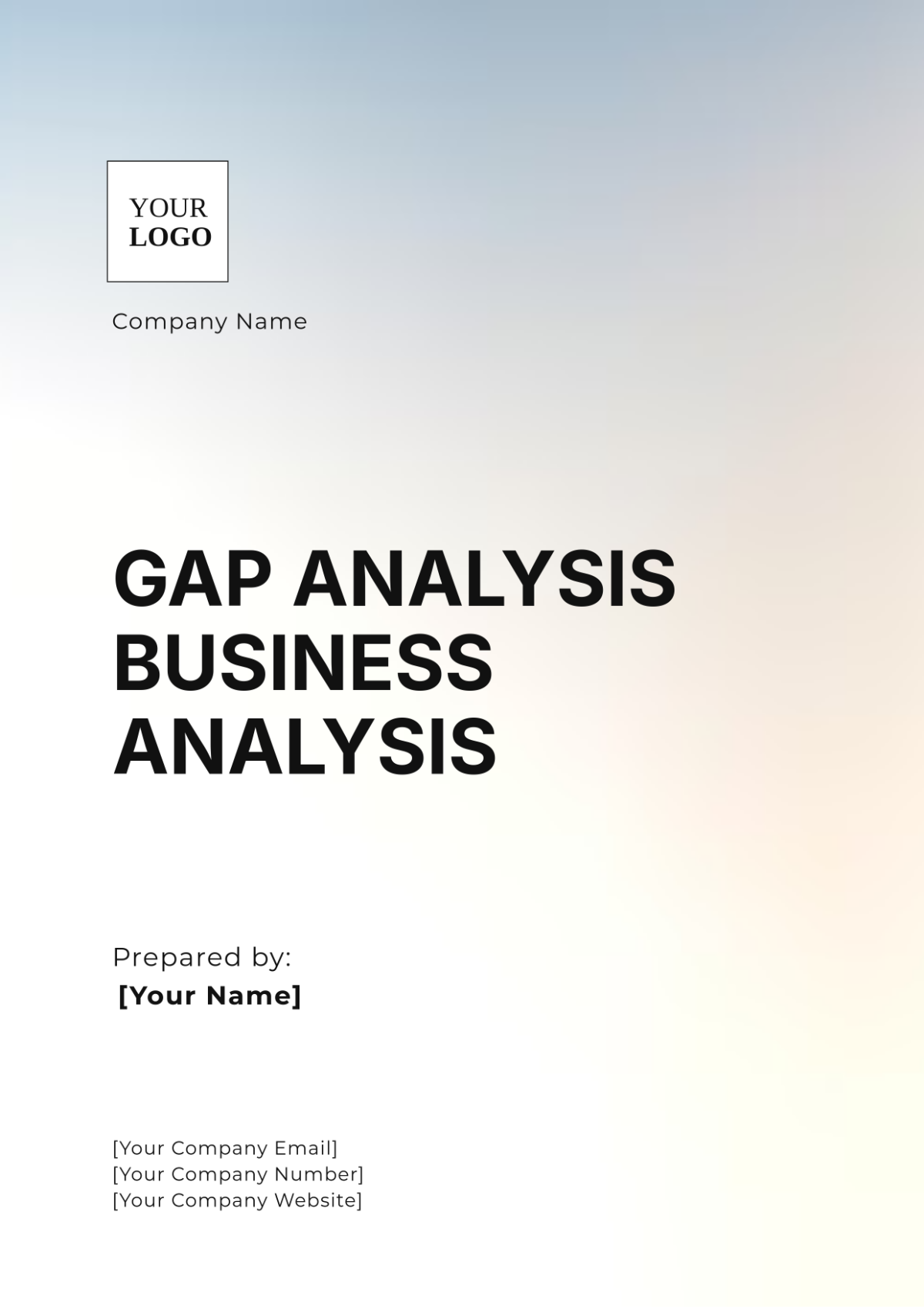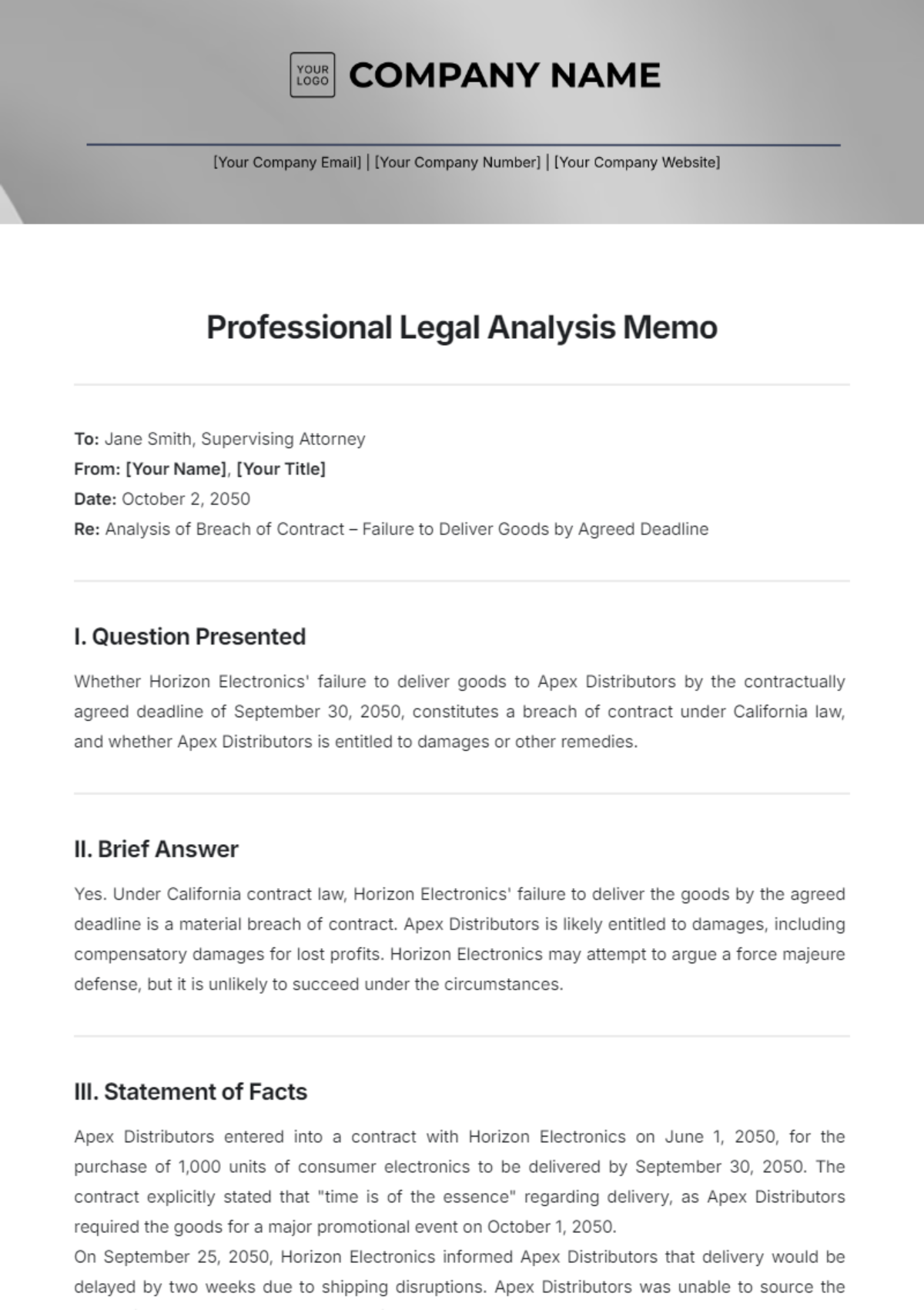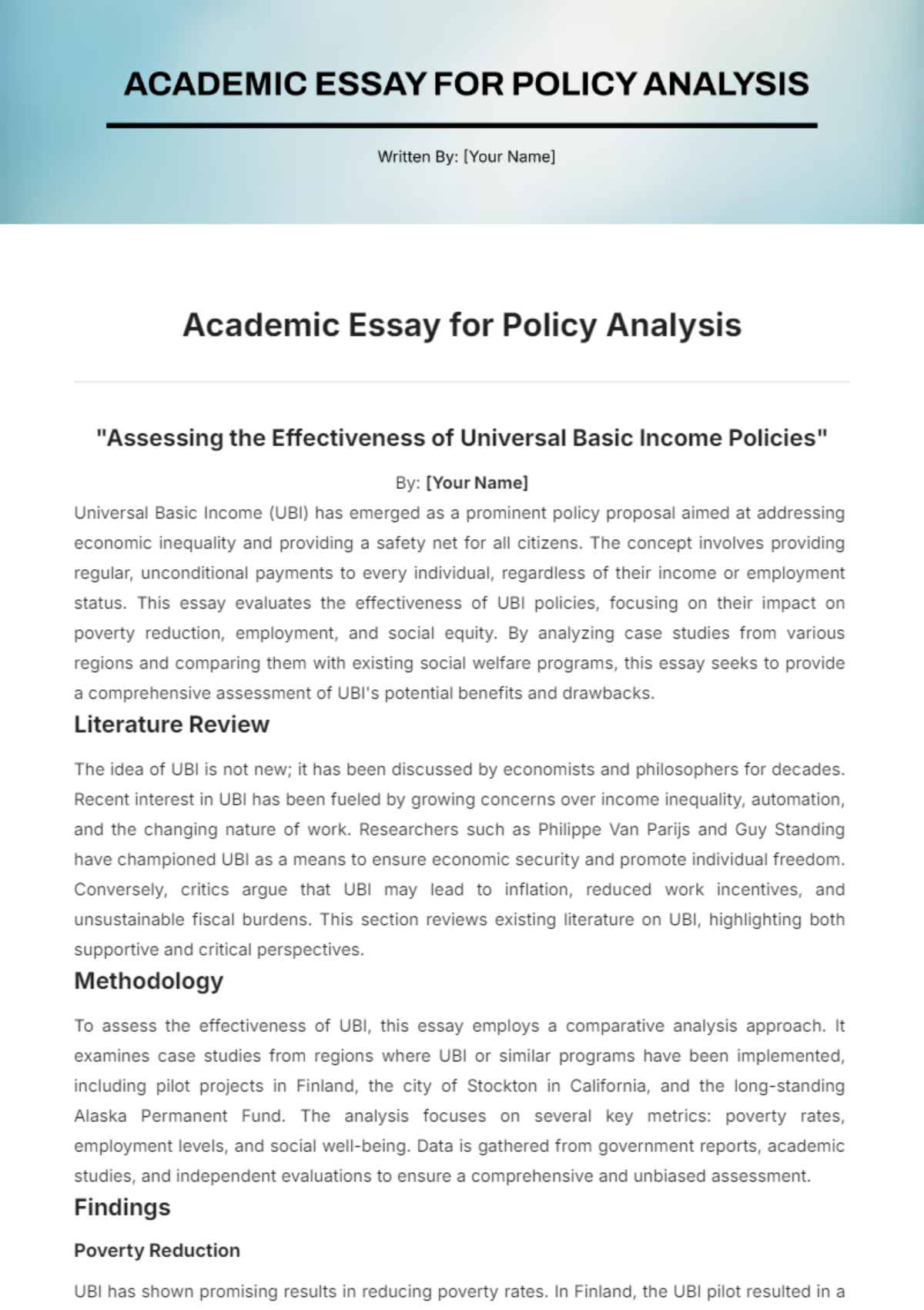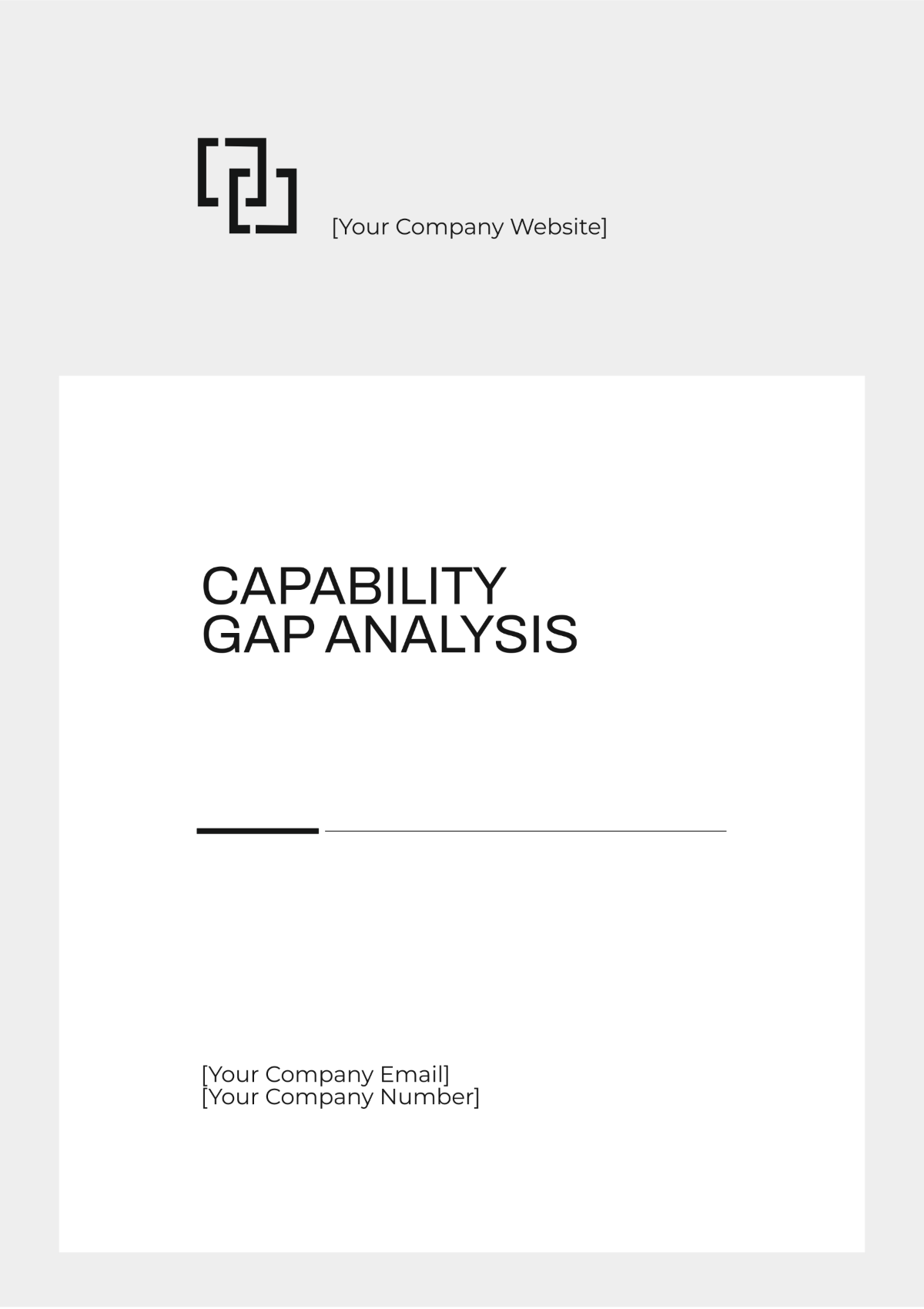Gap Analysis Report
Prepared by: [YOUR NAME]
Company: [YOUR COMPANY NAME]
I. Executive Summary
The Gap Analysis Report has been crafted to identify the gaps between optimal and current performance levels within [YOUR DEPARTMENT]. This analysis will help in pinpointing areas that require improvement, setting the stage for strategic planning and efficient resource allocation. By analyzing existing processes and comparing them with the industry benchmarks, [YOUR COMPANY NAME] aims to enhance operational efficiencies, boost productivity, and increase overall customer satisfaction.
The Executive Summary provides a concise overview of the key findings and recommendations derived from the detailed gap analysis. It serves as a guiding tool for stakeholders and decision-makers in understanding significant disparities and aligning strategies with business objectives for heightened progress.
II. Introduction
This section introduces the purpose and objectives of the Gap Analysis, providing a clear explanation of why this report is crucial for [YOUR COMPANY NAME]. The analysis focuses on evaluating existing processes, systems, and strategies to identify areas that do not meet the industry standards set by top competitors or the internal benchmarks of [YOUR COMPANY NAME].
The introduction lays a foundation by emphasizing the need for continuous improvement and setting a framework for the subsequent sections. It briefly discusses the methodology adopted for conducting the analysis and sets expectations for the structure of the detailed report.
III. Methodology
To perform a thorough gap analysis, various data collection and evaluation techniques were employed. These included quantitative methods such as surveys and performance metrics, alongside qualitative approaches like stakeholder interviews and group meetings. This mix ensured a comprehensive understanding of both numerical and experiential data within [YOUR DEPARTMENT].
The methodology section also delineates the criteria used for the comparison between current and desired states. This includes benchmarking against industry standards and internal goals that [YOUR COMPANY NAME] strives to achieve. This comparative analysis is essential to identify the precise nature and extent of the existing gaps.
IV. Current State Analysis
An exhaustive examination is conducted to outline the present conditions in [YOUR DEPARTMENT]. This detailed review assesses various performance indicators, resource utilizations, and other relevant factors that characterize the current operational state. It spans aspects like technology utilization, employee skill set engagement, process efficiency, and customer satisfaction levels.
This section scrutinizes current strategies and frameworks, putting forward an analytical perspective on what aspects are working well and where challenges lie within [YOUR COMPANY NAME]. The information compiled and analyzed here feeds directly into the gap discovery process.
V. Desired State Description
The Desired State Description delineates the optimal or intended performance and organizational conduct of [YOUR DEPARTMENT]. It outlines the targets for efficiency, effectiveness, compliance, and innovation that [YOUR COMPANY NAME] aims to achieve within a specified timeline. This envisioned scenario incorporates insights derived from industry best practices and internal strategic aspirations.
This prospective view is essential for setting the benchmarks against which the current state is evaluated. It defines what successful outcomes would look like for [YOUR DEPARTMENT], shaping the goals and objectives towards which improvement efforts are directed.
VI. Gap Identification
Based on the comprehensive analysis of the current and desired states, this section details the specific gaps identified across various parameters such as operational capabilities, system efficacies, and personnel competencies. Each gap is described vividly, with explanations of how they impede progress or diminish efficiency within [YOUR DEPARTMENT].
The gap identification is categorized systematically to enhance clarity and facilitate easier digestion of information. By evidencing how each deficiency affects operational outcomes, this section serves as a critical base for the recommended interventions in the following parts of the report.
VII. Recommendations
The Recommendations are formulated based on the gaps identified in the earlier section. Strategic, actionable solutions are proposed to bridge these gaps. These include development programs, system upgrades, process optimizations, and other relevant interventions tailor-made for [YOUR DEPARTMENT] at [YOUR COMPANY NAME].
Each recommendation is aligned with overall business objectives and is projected to lead to substantial improvements in efficiency, effectiveness, and overall operational excellence. The implementation of these recommendations is expected to propel [YOUR COMPANY NAME] closer to achieving the described desired state.
VIII. Findings
The Findings section offers insights derived from the gap analysis process, highlighting trends, strengths, and weaknesses within [YOUR DEPARTMENT]. It contextualizes data, bridging the gap between the Current State Analysis and Recommendations sections, and aiding stakeholders in understanding challenges and opportunities more deeply.
IX. Conclusion
This Gap Analysis Report furnishes [YOUR COMPANY NAME] with detailed insights into the existing operational landscapes of [YOUR DEPARTMENT], highlighting critical discrepancies from desired performance metrics. It underscores the importance of strategic improvements and change implementation for meeting business and performance goals.
The actionable insights provided through this report are intended to guide strategic decision-making, ensuring that all interventions are well-informed and directed toward sustainable growth and operational supremacy. By closing the identified gaps, [YOUR COMPANY NAME] can look forward to a robust competitive edge and enhanced market positioning.















